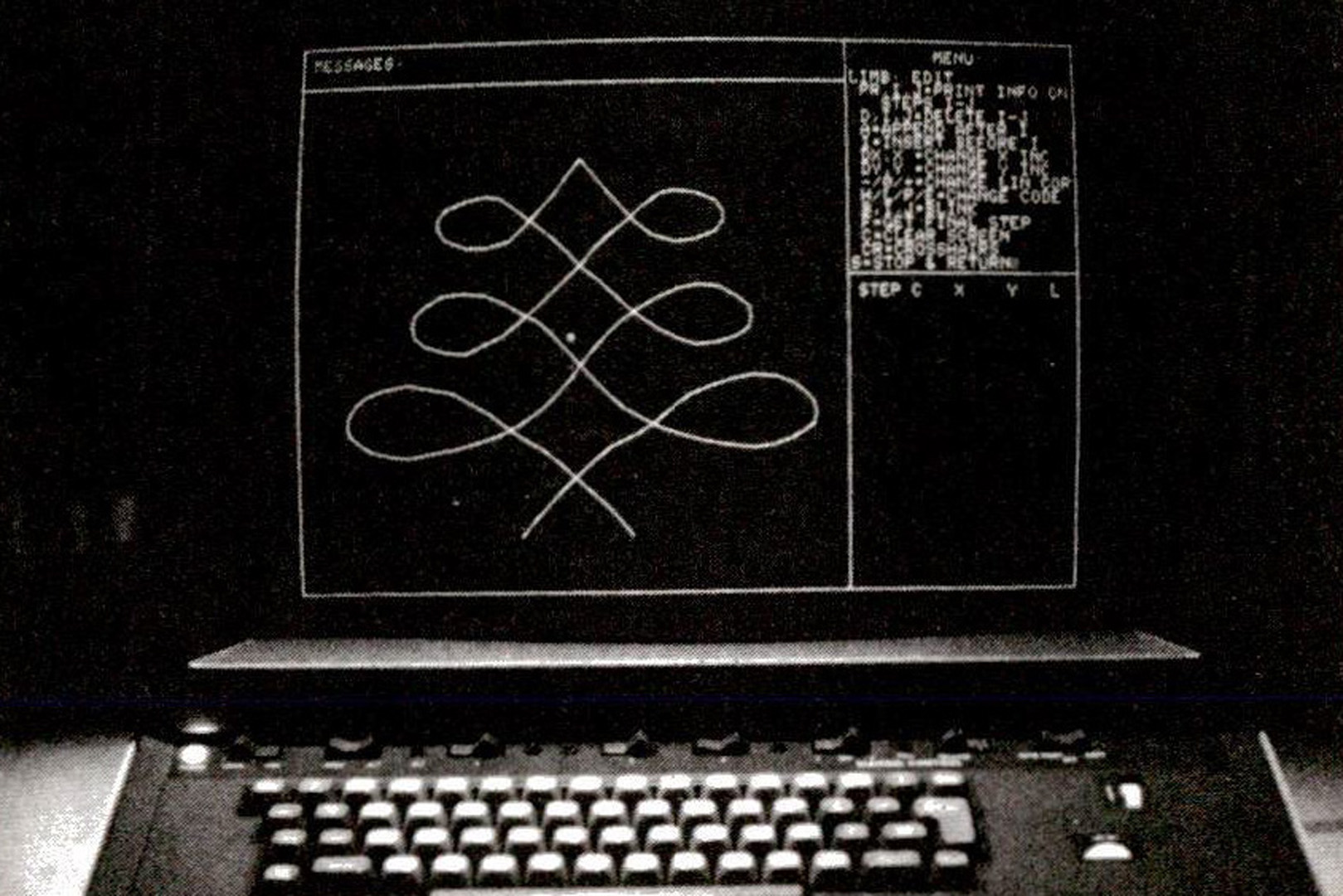“A microcomputer based system for automated pattern digitization and editing” by Pavliscak, Stowell and Bailey
Conference:
Type(s):
Title:
- A microcomputer based system for automated pattern digitization and editing
Presenter(s)/Author(s):
Abstract:
Since the first microcomputer was produced in 1969 by Intel Corporation to support the functions of an intelligent terminal, the complexion of digital computers has changed radically. Microcomputers have been successfully applied to a wide variety of dedicated tasks requiring relatively slow calculation speeds and limited numeric accuracy. However, little has been done to bring the LSI microprocessor into stand alone interactive graphics systems. This has been so probably because of the large data files and rapid computation speeds demanded by most interactive graphics applications. This paper outlines a hardware and software configuration for a microcomputer based graphics system developed in response to a need in the sewing industry for a low cost pattern digitizer. A basic graphics package was written which renders both text and vectors on the storage terminal. Around this core, an application program was organized which permits an operator to log piercing point coordinate data from a scaled drawing. Output is then committed to paper tape for permanent storage and PROM for control of the sewing machine. Additional features allow for graphical editing of patterns, display of stored pattern “programs” from PROM or paper tape, and merging of new and/or old patterns. Some proof of the success of this project was documented during final checkout, where the time to reduce a drawing to formatted binary on a control PROM was improved from about one man day to a matter of minutes.
References:
1. Newman, W. M. and Sproull, R. F., “Principles of Interactive Computer Graphics,” McGraw-Hill, 1974.
2. Peatman, J. B., “Microcomputer Based Design,” McGraw-Hill, 1977.
3. Union Special Corporation, “Catalog 503M. Instructions for Adjusting and Operating The Union Special Memory Stitcher Sewing System,” Union Special Corporation, 400 N. Franklin St., Chicago, Illinois, 1976.





